
Exploring Budapest has everything to be an incredible experience. But knowing certain things might help you make the most of your visit. Here are 22 essential tips for easily navigating the city, from practical advice on getting around and insights into local customs to money-saving tips. I hope this article will help both first-time and returning travelers enjoy Budapest to the fullest.
Table of contents: ()

- 1. Learn Some Basic Hungarian
- 2. Bring Comfortable Shoes
- 3. Pack for the Thermal Baths
- 4. Get Acquainted with the Local Currency
- 5. Avoid Hidden Fees When Exchanging Money
- 6. Book Your Activities Well in Advance
- 7. Plan your trip with a Budapest Card
- 8. Utilize Budapest’s Public Transport
- 9. Capture the Nighttime Magic
- 10. Avoid Hailing Taxis on the Street
- 11. Choose the best option to get from the Airport to the City Center
- 12. Understand the Local Tipping Culture
- 13. Watch Out for Pickpockets
- 14. Enjoy a Bike Ride
- 15. Know How to Get Emergency Help
- 16. Always Carry Your ID
- 17. Visit Museums for Free (two ways of doing that)
- 18. Beware of Scams
- 19. Know Where to Stay
- 20. Renting a place to stay? Try local websites
- 21. Avoid the high-priced chimney cake
- 22. Yes, it’s okay to drink tap water in Budapest

1. Learn Some Basic Hungarian
Maybe this one is too obvious, but learning a few Hungarian phrases can greatly enhance your trip. My first lesson when I moved to Hungary was exactly that: although Hungarians might seem reserved at first, they do appreciate the effort. There’s no better way to see a smile from a local than by saying a few words in their language.
Start with simple greetings like “hello” (“szia”, pronounced “see—ah”). If you say “hello” to more than one person, then use “sziastok” (pronounced “see—ah—stok”). Both words can also be used for goodbye.
But there’s more: “thank you” is “köszönöm” (pronounced “kew—sew—newm”), “good day” is “jó napot” (“yo nah—pot”), “cheers” is “egészségedre” (pronounced “eh—geh—she—gehd—reh”), “excuse me” is “bocsi” (“boh—chee”), and “you’re welcome” is “szívesen” (“see—vesh—en”).
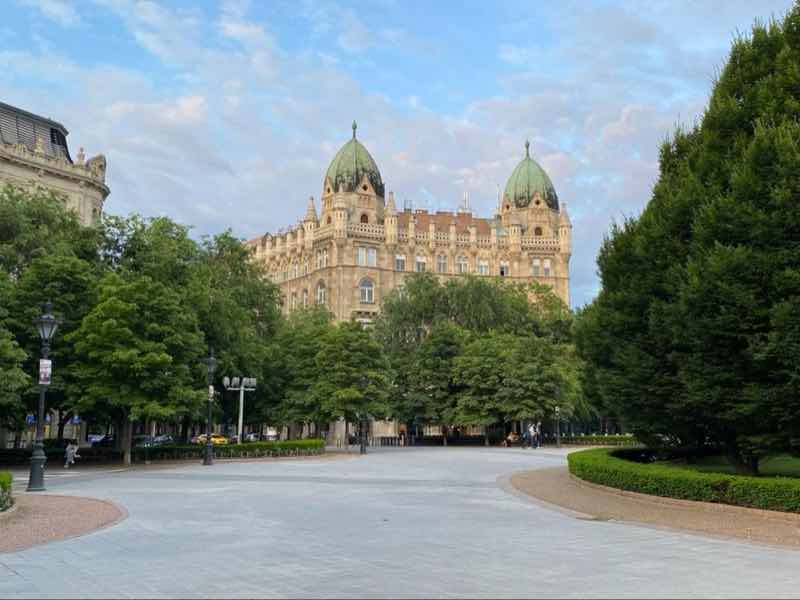
Liberty Square in Budapest
2. Bring Comfortable Shoes
Budapest is the perfect city to walk (at least on the Pest side). Sometimes, you can easily rack up 20,000 steps in a day without even realizing it. No matter where you go in Pest, everywhere is flat and has really wide sidewalks — especially in the main avenues and by the river — making it perfect for exploration on foot. And wherever you look, you’ll find beautiful sights and probably want to walk more and more (Danube Promenade, looking at you). Comfortable shoes are therefore essential, so please consider that when you pack your things!
3. Pack for the Thermal Baths
Did you know that Budapest is known as the world’s spa capital? That’s right. With 123 water springs and mineral-rich water sources, the city’s thermal baths are deeply ingrained in Hungarian culture, a legacy from both Roman times and Ottoman influence.
That’s why visiting Budapest’s famous thermal baths, like the Széchenyi baths, is a must. Regardless of what season of the year is, no matter if it’s cold or hot, the thermal baths will always be sought by people. Make sure you bring a bathing suit, towel, and flip-flops to enjoy the experience fully. No big problem if you don’t have them with you — you can always buy them somewhere (even at Széchenyi). But it’s one extra expense you probably want to avoid, so plan ahead.
4. Get Acquainted with the Local Currency
The currency in Budapest is the Hungarian Forint (HUF or Ft), and at first, you might get confused by crazy big numbers. But here’s some help: a coffee could cost something like 1000 HUF (less than 3 US dollars), and a beer could go from HUF 300 to HUF 1500.
But perhaps you decide to buy a cruise on the Danube, and they’ll ask you for something like HUF 20,000. If that complicates things a bit, or if you’re not sure how much you spent on your groceries, make sure you familiarize yourself with the exchange rates to avoid overpaying, especially in nightlife areas where costs can escalate quickly.
To be on the safe side, carrying some forints will help you navigate everyday expenses without constantly converting in your head. It’s a good idea to have cash, regardless, as some stores might not have credit card terminals. My favorite solution is to install a money-converting app.
5. Avoid Hidden Fees When Exchanging Money
Now that you know more or less how much things are in Budapest, here are a few things you should know about exchanging money: you usually pay more than what you think. Converting to Hungarian Forints is no different. That’s because, besides the service fee, the exchange rate often has hidden costs. To save money on those money exchange traps, follow the tips:
- Avoid the Euronet ATMs, as they charge high withdrawal fees
- Always opt to pay or cash out money in the local currency to avoid hidden fees
- If you use exchange houses, don’t fall for the “no commission” line because there will be fees on the exchange rate; instead, check how much you need to give to get the HUF amount you need, and then compare it to the rate on Google. The difference between the two will tell you how much you’re really paying
- Steer clear of exchange bureaus at the airport, as their rates are often worse
- Use travel cards that use the market exchange rates and low, transparent fees with no hidden costs. My absolute favorite is the Wise app and card, which works flawlessly in Hungary. You can order the physical card to your home address, or if you’re already traveling, you can get the virtual card and pay with your phone. Pretty convenient
6. Book Your Activities Well in Advance
Budapest can get quite crowded, particularly during peak tourist seasons such as summer and Christmas or major events like the annual Formula 1 race. I’ve had my own frustrating experiences, like arriving at the Museum of Fine Arts only to be deterred by a super long queue because I didn’t have a ticket.
To avoid nasty surprises, book your visits to popular attractions and activities in advance (like museums, thermal baths, restaurants, etc.). Typically, you’ll be able to find the online booking option on their official websites. But if you do it through platforms like GetYourGuide or Viator, prices are usually similar to what you’d pay on the spot — just with the added benefit of getting skip-the-line tickets.
7. Plan your trip with a Budapest Card
You might find the Budapest Card more or less valuable depending on your travel style. But one thing I can tell you — this card can be a great way to organize your trip and save money in the Hungarian capital. Not by chance, it’s the official City Pass.
Starting at 39 euros, the Budapest Card offers unlimited access to public transportation (buses, trams, metro, and trains) and free entry to numerous museums. It also includes a cruise, discounts at popular attractions like the famous baths and the Great Synagogue, as well as at restaurants and tours. It also has a door-to-door airport transfer option. And the best part is that you don’t need to pay that much if you plan to take one or two days for more intense tourism. You can choose one of the options: 24h, 48h, 72h, 96h, and a 72h Plus version.
Although I prefer not to over-plan my trips, having a few activities lined up and a budget in mind is always helpful. The Budapest Card makes it easier to stick to your budget while enjoying everything the city offers.
8. Utilize Budapest’s Public Transport
Budapest has an efficient public transport system with frequent trams, buses, and metro services.
Trams typically run every 5 minutes, making it easy to get around. The most central (and often packed) lines in Pest are the 4 and 6. But for those who prefer a more scenic route, tram lines 2 and 19 offer some of the best views of Budapest. They run along the banks of the Danube and pass by places like the Parliament Building and Buda Castle.
The metro system has four lines, each serving different areas of the city. The M1 (yellow line) is the oldest metro line in Continental Europe and a tourist attraction itself. It connects key attractions, such as Heroes’ Square, the City Park (Városliget) Széchenyi Baths, and the Hungarian Opera House, to the city center. The other lines, M2 (red), M3 (blue), and M4 (green), are more modern and very efficient.
Buses and trolleybuses complement the tram and metro services, reaching areas that might not be directly accessible by other means. During the day, buses are frequent, and at night, a dedicated night bus network ensures that the city remains accessible, no matter the hour.
9. Capture the Nighttime Magic
Budapest is stunning at night, as its most iconic monuments are illuminated — the Hungarian Parliament, Buda Castle, Liberty Bridge, and Chain Bridge are some examples. If you’re in town for a few days, try to keep at least one evening free to go for a walk by the Danube or book one of the great night cruises in Budapest. There are plenty of cruise options to choose from, including budget-friendly or luxurious boats, cruises with or without dinner, historical boat tours, lively party cruises, boats with live music, and much more. I think it’s one of the best ways to experience the magic of the “Paris of the East.”
In case you decide to do the night walk, I’ll leave you my favorite places to get the best shots of Budapest:
- Anywhere between the bridges Margaret and Liberty, you’ll find great views of Buda and the bridges, depending on where you are (I recommend you walk the whole route)
- From Batthyány Square, you can get a quite stunning view of the Parliament (perhaps the most famous one);
- On top of the Géllert Hill, looking down to the Liberty Bridge or the Elizabeth Bridge
- From Buda Castle, there’s also a great view over the Chain Bridge
- From the Fisherman’s Bastion, you’ll find an incredible view of the Parliament
- On pest side, if you’re close to the Liberty Bridge, try to walk until Bálna — that will give you an incredible vista as well
10. Avoid Hailing Taxis on the Street
Calling a taxi on the street can sometimes lead to bad experiences, as drivers might try to rip you off. I wouldn’t say that this is something specific from Hungary. Absolutely not. However, you’ll have a much better experience using Bolt for a reliable, fair-priced ride. I haven’t used Uber in Hungary yet, as it started operating locally only in 2024, but you also have that option. Either way, you can choose the size of your taxi, follow the route in the app, and see the expected cost range in advance. Pretty easy.
- Get a Car Rental
- Book Your Accommodation HERE
- Get a universal plug adapter
- Search for Great Tours HERE
- Buy Travel Insurance
- Get an eSim to be able to use your smartphone abroad.
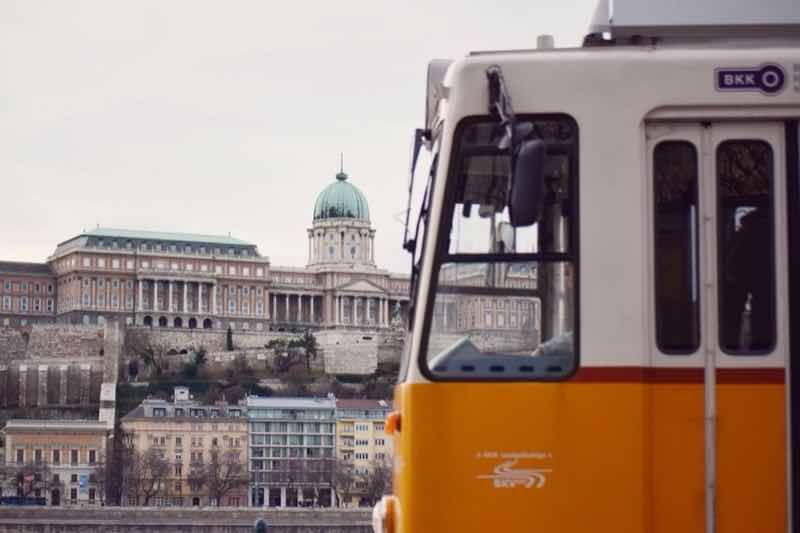
11. Choose the best option to get from the Airport to the City Center
When you land in Budapest, your journey to the city center will still take between 30 and 50 minutes, depending on where your accommodation is located. Fortunately, there are several options to get you there. The 100E Airport Bus is affordable and convenient, with tickets available for purchase either on the bus or at nearby ticket machines located close to the airport arrivals exit. And it works day and night. But, in my opinion, it’s not the most comfortable option because it’s usually full. And after a long trip, you might need something better.
Consider using Bolt or Uber or arranging a transfer service for a more comfortable ride. While these options are more expensive — around 30 US dollars — I think they provide a better experience. If you prefer to have your transport arranged in advance, plenty of transfer options are available, both private and shared, to suit different preferences and budgets.
12. Understand the Local Tipping Culture
Tipping is customary in Hungary, and many bills include a service charge that usually ranges between 10% and 15%. If the tip is already included, you won’t be expected to leave extra money on the table (but of course, this is totally up to you).
Also worth noting is that sometimes, the terminal prompts for a tip when paying by card. That happens often, especially in bars, when you’re paying for a beer, and the machine has a default 10% or 20% tip option. Of course, you can always accept it and pay more, but there’s always the option to select zero.
13. Watch Out for Pickpockets
Pickpocketing can be an issue in Hungary, and although it has never happened to me personally, I’ve heard before about people losing items in crowded areas (especially during a night out). Just in case, make sure to stay vigilant and keep your belongings secure. Using a money belt or keeping your valuables in a front pocket can help you prevent unpleasant surprises.
14. Enjoy a Bike Ride
Budapest is bike-friendly, and the MOL Bubi bike-sharing system is a convenient and affordable way to explore. With well-marked bike lanes and traffic signs, cycling around the city is safe and enjoyable. It’s a great way to see Budapest at your own pace, and it works well. Even car owners like me use these bikes regularly. It’s a great way to get to places quickly without walking much or having to stay in traffic for long periods.
15. Know How to Get Emergency Help
In case of an emergency, dial 112 for the general emergency service phone number. Additionally, keep these emergency contacts handy:
- Ambulance: 104
- Police: 107
- Fire Brigade: 105
- Tourist Police: +36 1 438 8080
- Swiss Clinic Emergency Line: +36 30 992 03 87
- FirstMed Emergency Line: +36 1 224 90 90
- Dr. Rose Private Hospital: +36 1 377 67 37
- S.O.S. Hungary: +36 1 240 04 75
- AMS Emergency Line: +36 1 310 41 04
16. Always Carry Your ID
Having your national ID or passport with you is extremely important when going abroad, and Budapest is no exception. Museums or other tourist places (some ruin bars, for example) may ask you for a document to enter. And it would be best if you always had your identification with you in a foreign country. Keep your passport or citizenship card in a safe yet accessible place.
17. Visit Museums for Free (two ways of doing that)
As you probably know by now, Budapest is famous for its History. There are a lot of museums to visit, and there are some ways to get there with discounts. The most common is getting a Budapest card, as I’ve mentioned above. It includes entrance to the most famous museums.
If you’re a citizen of the EEA under 26, you can visit several museums for free on certain days. Here are some options:
- Museum of Fine Arts, Hungarian National Museum, and Hungarian National Gallery: Free for those under 26 on specified days.
- Military Museum: Free admission on the last Sunday of every month.
- Hungarian National Gallery, Museum of Applied Arts, and Nagytétény Palace: Free on the third Saturday of each month.
- Museum of Ethnography and Hungarian Natural History Museum: Free on the first Sunday of each month.
- Transportation Museum, Museum of Military History, and Ludwig Museum: Free on the last Sunday of every month.
18. Beware of Scams
Beware of scams involving locals inviting you to bars. If you go for a stroll at night and someone (usually a girl) asks you to go for a drink with them, don’t fall for it. If you say yes, you could end up with an unexpectedly high bill. That happens more frequently than you’d think, usually in the most touristic streets. In the end, if you don’t pay, the bar will call the police on you. If someone approaches you with such an offer, it’s probably best to politely decline and move on.
19. Know Where to Stay
For a central location, choose accommodation in Pest, particularly districts V, VI, VII, VIII, and IX. If you decide to go for District VII (also called the party district), just be cautious and read some reviews of the place first: due to its vibrant nightlife, it can get very loud.
If you’d prefer a quieter stay, consider Buda. District I, especially, will give you that piece of mind while being close to the Buda Castle District and other attractions in that same district. It might be more expensive, though.
20. Renting a place to stay? Try local websites
If you’re traveling to Budapest, before going on Booking.com or checking Airbnb, have a look at szallas.hu. This Hungarian website will likely have reasonable prices compared to what you’d find on the most well-known search engines. In case you’re planning a longer stay in the magyar capital (say you’re moving in as a student or you’re going to work in Budapest for a year), then try to avoid getting your place after googling “apartments for rent in Budapest”.
Instead, join the Facebook group called Albértlet Budapest. It’s easier to find good deals there. Just don’t forget to create a notification alert for new posts. And don’t worry if they’re in Hungarian — click on the little button that Facebook has to translate the post into English.
21. Avoid the high-priced chimney cake
If you go to a Christmas Market, a summer festival, or any place that attracts crowds, you’ll probably notice that incredible smell that comes from the chimney cake stands. In Hungary, this chimney cake, typical from some Eastern and Central European countries, is called “Kürtőskalács”). There’s nothing wrong if you decide to buy it there — but bear in mind that the price is way more expensive in such places, sometimes over HUF 2000.
Although that might not seem very expensive, you’ll see that same cake for HUF 800-1000 on random streets in Kürtőskalács stands. Here are three places where you can try an excellent chimney cake for a fairer price: there’s a small stand in front of the Nyugati station, pretty central in Pest, and on the way to the island; not far from there, in Októgon, you can find another stand; and if you go to the glamorous Andrássy ut, look for the intersection with Bajcsy-Zsilinszky út — there’s one more there.
22. Yes, it’s okay to drink tap water in Budapest
Understandably, we all ask this question when arriving in a new place: Is the tap water safe to drink?
And the answer is yes — the tap water in Budapest is safe to drink, whether you’re getting it at a drinking fountain in a park or from the tap in your Airbnb. While some people might not like the taste, it’s good, and, in some smaller restaurants, people even order instead of paying for bottled water.
Oh, and a bonus tip: If you buy bottled water at the market, choose the right one — a pink lid indicates still water, while a blue lid means it’s sparkling

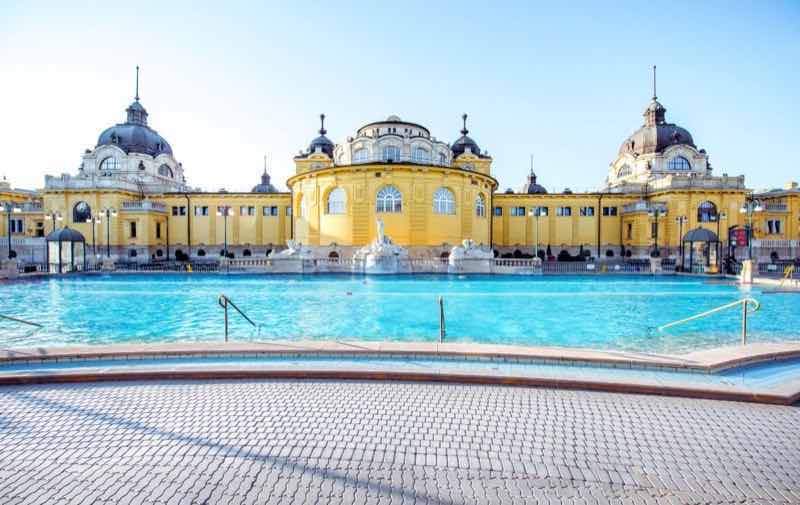

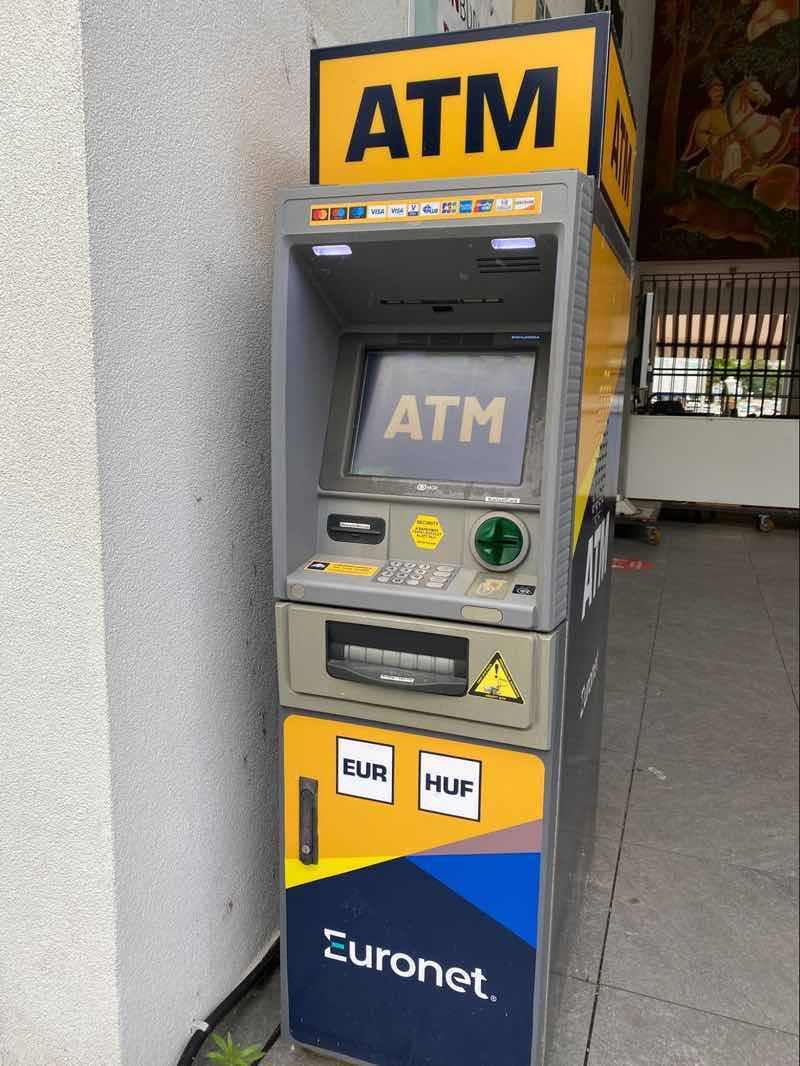
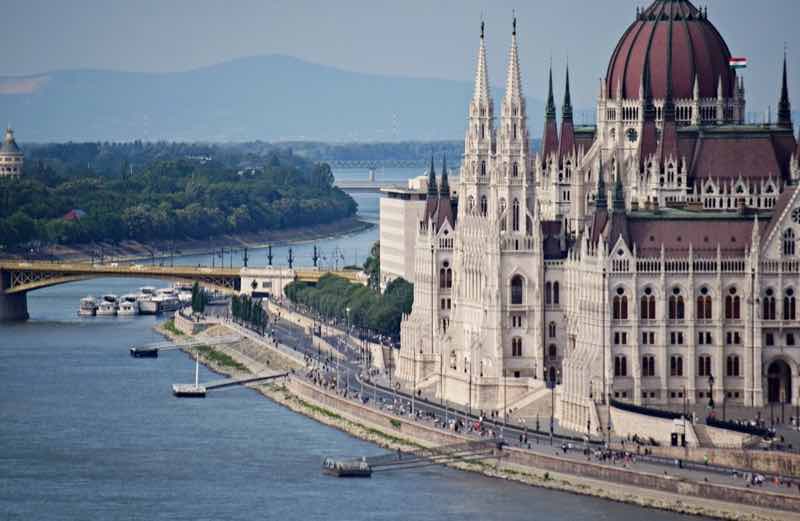
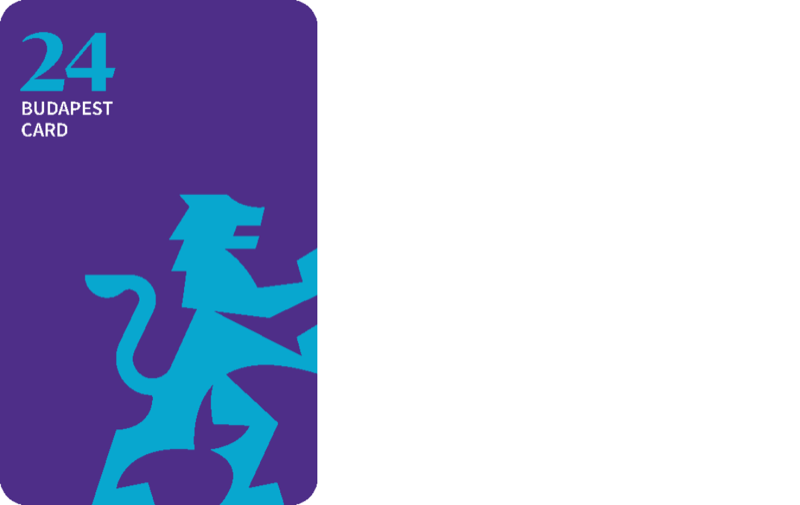

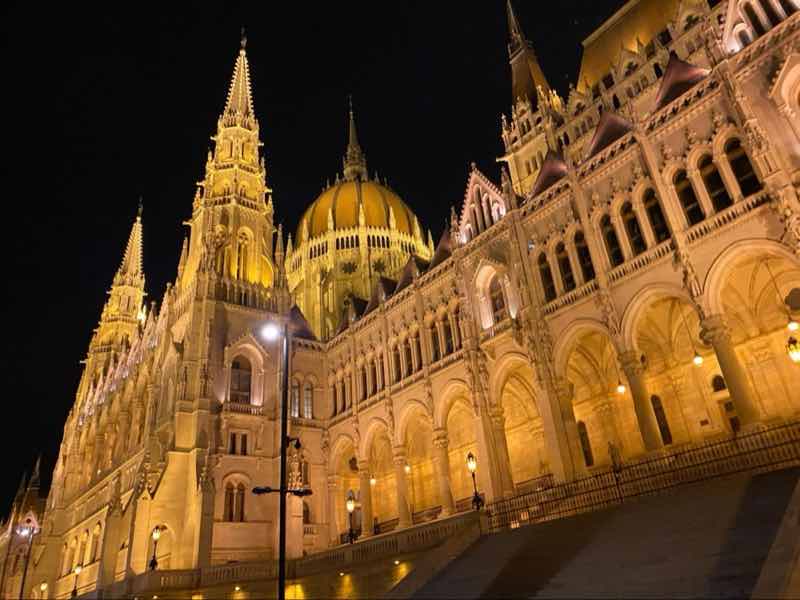
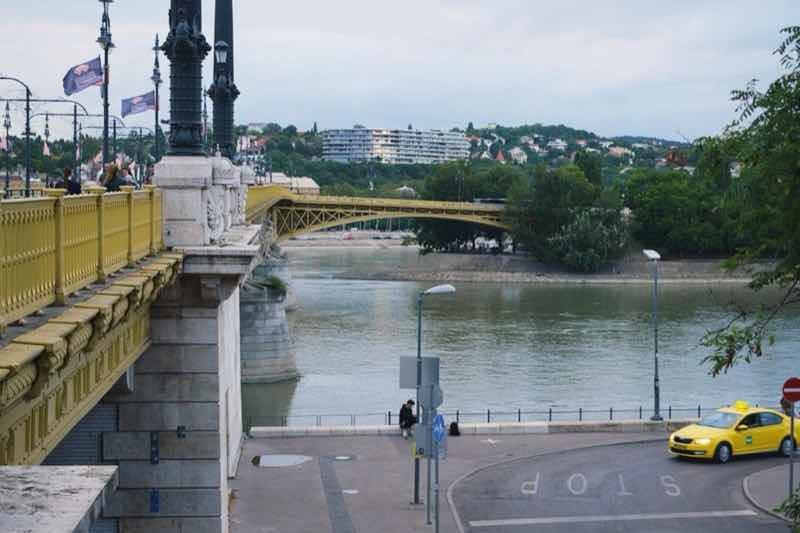

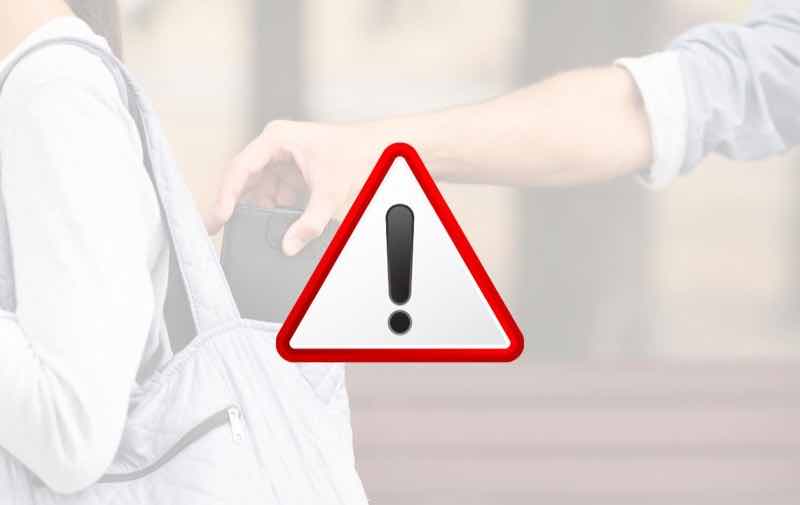
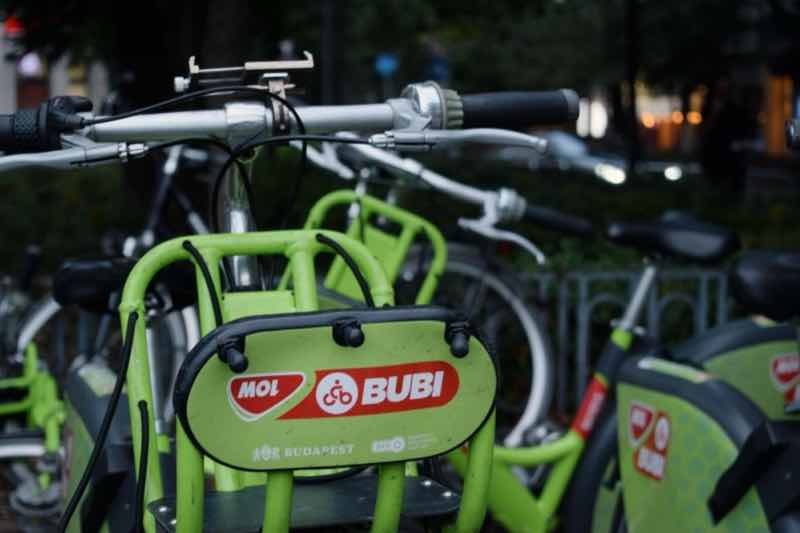
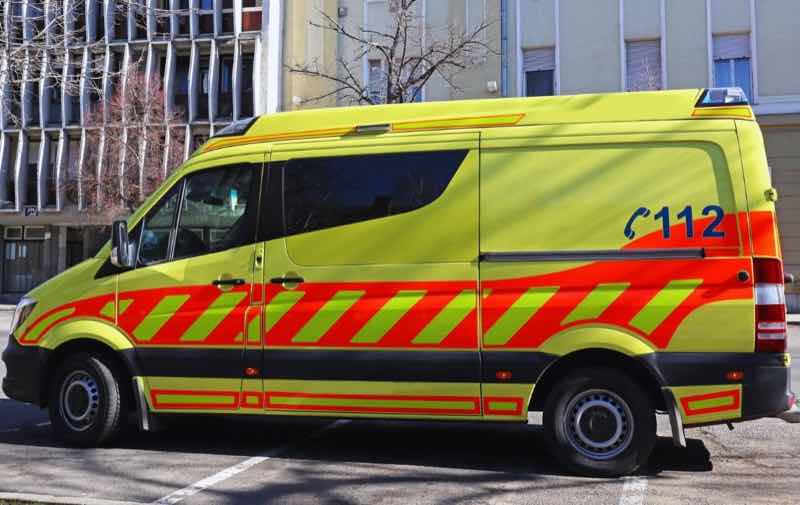
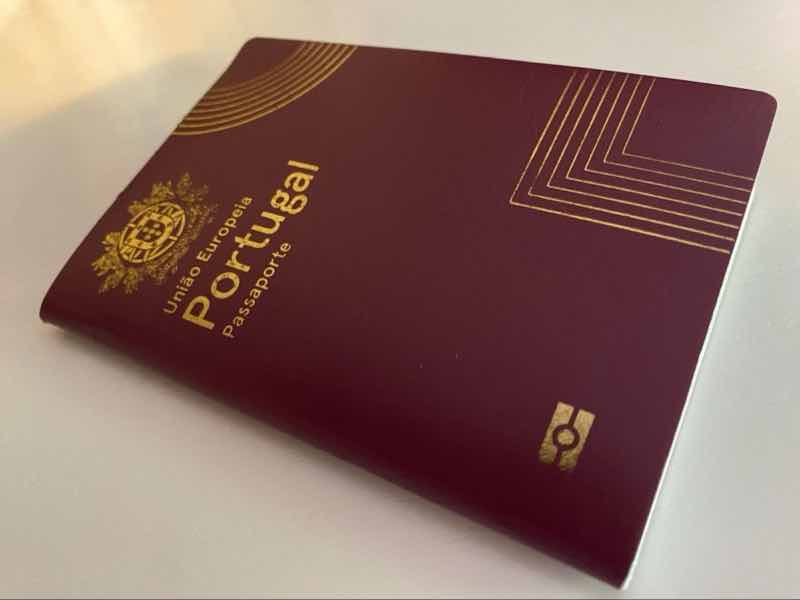
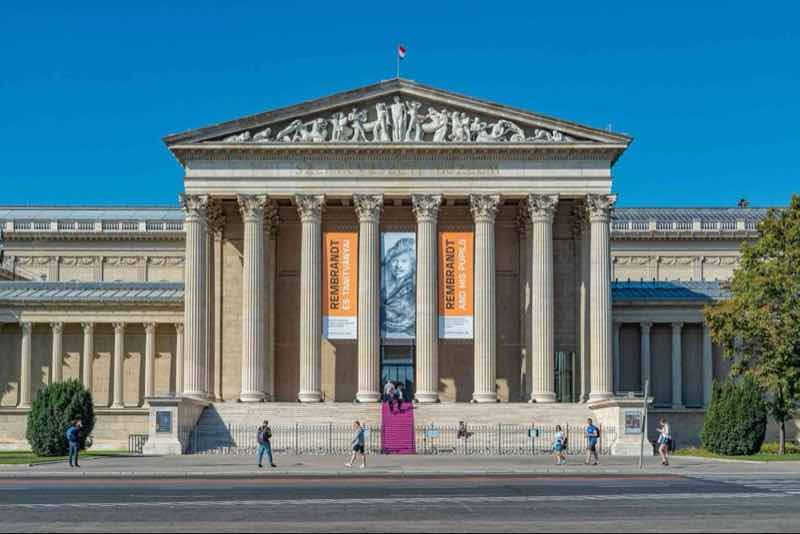

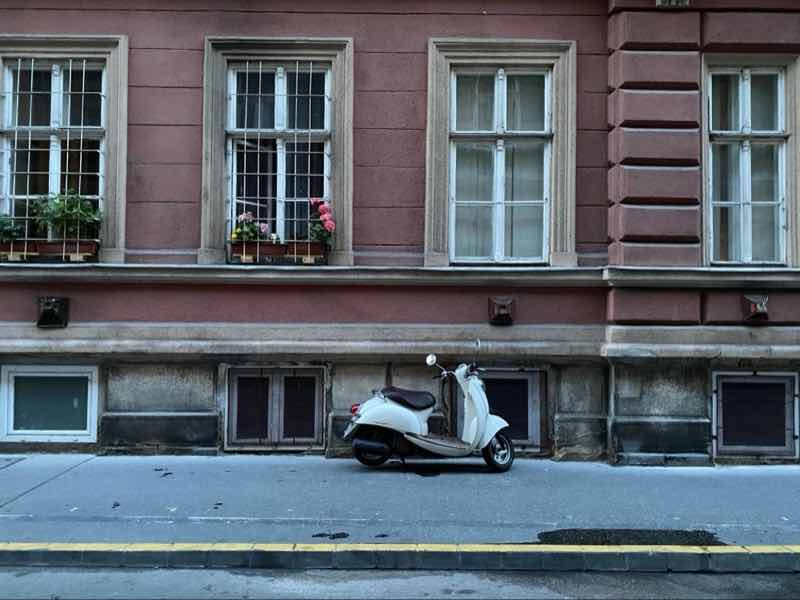



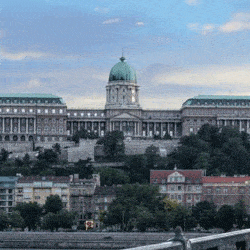 Budapest Hungary – A Reason to Love Europe
Budapest Hungary – A Reason to Love Europe Travel to Budapest, Hungary – Episode 607
Travel to Budapest, Hungary – Episode 607 2 Days in Budapest Itinerary: What to See – Hungary
2 Days in Budapest Itinerary: What to See – Hungary 1 Day In Copenhagen: Complete Guide For 2024
1 Day In Copenhagen: Complete Guide For 2024
